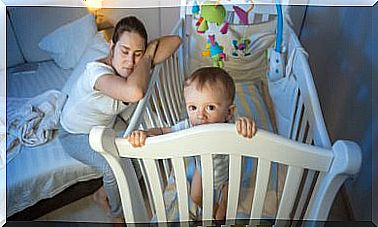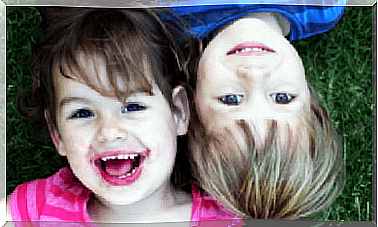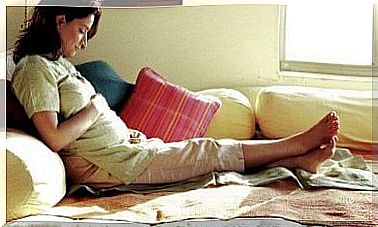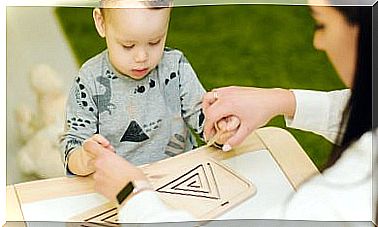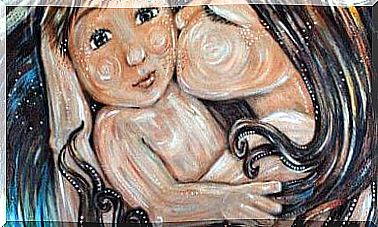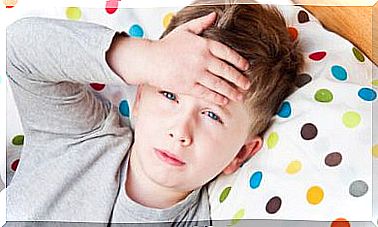Digital Kidnapping: Photos Of Your Children On Strangers’ Walls

Can you imagine discovering that the photos of your children are on strangers’ walls? It must be horrible to discover how the photographs of your children are on other people’s walls and the worst thing is that those people claim to be the parents of your children! Digital kidnapping is a problem that occurs more and more often in our society, and therefore, every precaution is little to prevent this from happening.
Parents like to put pictures of our children on Facebook so that our friends and family can share those special moments even from a distance. But digital hijacking will make you think twice about hitting the “publish” button.
Photographs on social media
Most of us think that putting photos of our children on social networks is something nice and that it is okay to do so, it is an innocent way to share images. But the reality is that you are putting your child at risk of being digitally abducted.

What is digital hijacking?
Digital kidnapping is a form of identity theft that can happen to anyone who posts photos of their children online and does so publicly. The people who carry out the digital kidnapping steal the photographs of the children from social networks and later on their own walls or profiles they claim to be their parents, they even change their name to make it look more real.
Stories are made up so that people believe that they are truly his children and they continue to steal the photographs of the victims’ profiles in order to follow their own story.
It must be chilling to find yourself on the wall of a stranger to a person claiming that your child is theirs and making comments about the little one or the little one, and that their friends comment believing that lie!
What happens if your child’s identity is stolen?
If your child’s identity is stolen, you will have to make sure that no more happens and you must report it immediately. Facebook, for example, has an information policy and you must inform them of what is happening. You must do the same on other social networks such as Instagram or Twitter so that they cancel that person’s profile and to remove what they have published.
In some countries, digital kidnapping is not a crime, but you must make sure that person does not steal more photos of your children, you can publicly say what profile it is and warn other parents so that they do not make it easy for other digital kidnappers make all your pictures private, or just share them with your loved ones privately!

Protect your children from digital kidnapping
Parents need to take all of this into account to prevent their children from being victims of digital kidnapping. Although it may seem a bit paranoid, the truth is that it does not hurt to carry it out since we are talking about the protection of the images of our sons and daughters. You need to take some basic precautions to keep your children’s photos safe from being able to take possession of them by other people.
Some precautions you can take are the following:
- Do not share images of your children in public places or free access for many people.
- Set your privacy on social networks. For example, on Facebook you will have to configure it so that the messages and photos you post are not public and can only be seen by your friends (and no one else). Do not allow your friends’ friends to see them (it would be too wide a circle) and much less allow what you write or upload to be public. Make sure only your closest friends have access to your profile!
- Ask your friends and family that if you upload images of your children to share with them, under no circumstances should they post them on their walls or share them with other people.
Now that you know what digital hijacking is, you will surely begin to be more careful about what you upload on your social networks.

